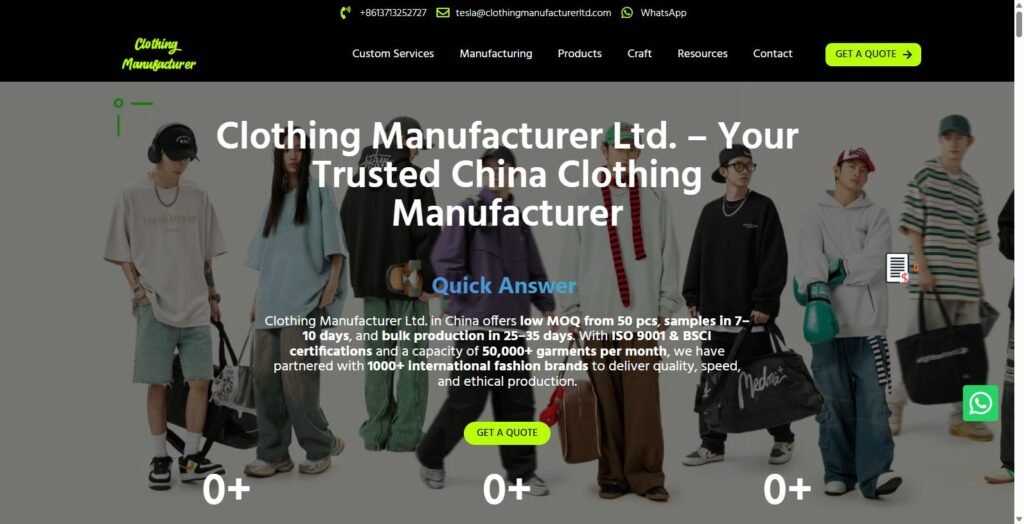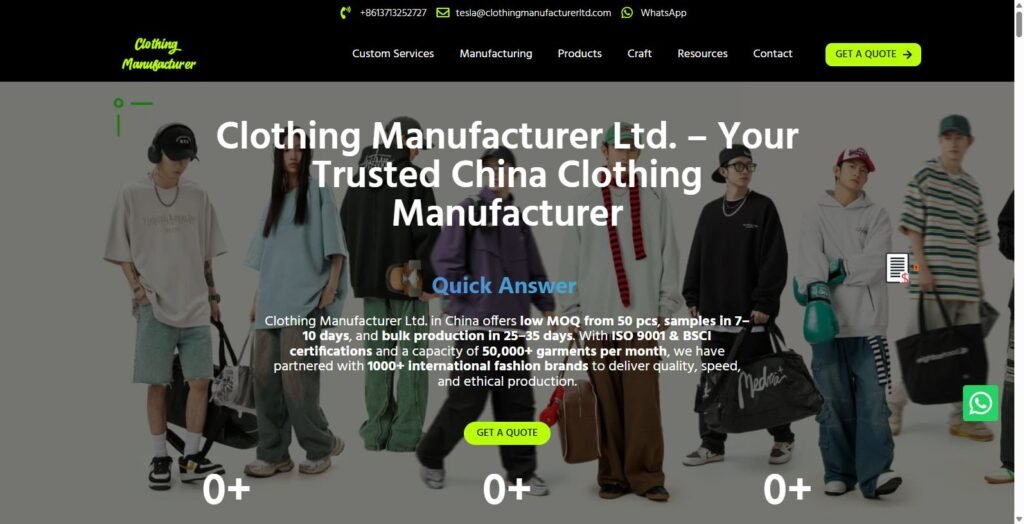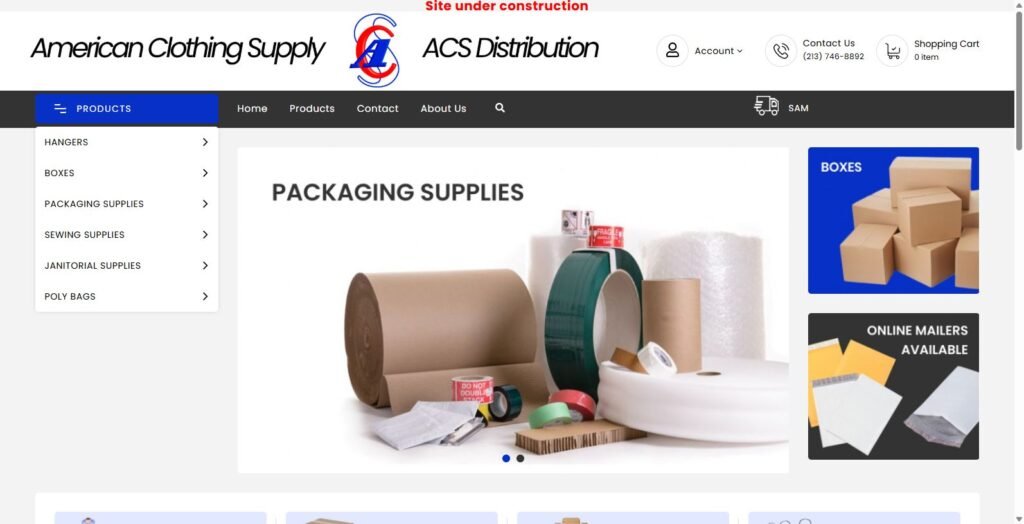Introduction: Beyond a Basic Wash – Getting Your Diapers Hygienically Clean
Welcome to the definitive guide on how to clean cloth diapers. We know what you need. You want a reliable method that gets diapers perfectly clean, keeps your baby safe, and protects your investment. Getting cloth diapers truly clean is about hygienic sanitation, not just appearance. A good wash routine has four key stages: removing solids, a dedicated pre-wash, a powerful main wash, and proper drying. This guide walks you through each step carefully. We’ll solve common problems like stains and smells, giving you expert-level confidence.
The Essential Toolkit: What You’ll Need Before You Start

Gathering your dick beforehand ean Wash day practically esy . Having a organization for napkin wzshables take out the gues . Here is a unssubdivided checkljst of everything you ‘ll want .
| Item | Why You Need It | Pro-Tip / Optional |
|---|---|---|
| Pail or Wet Bag | For hygienic storage of soiled diapers before wash day. | A pail with a waterproof liner and good ventilation is ideal to prevent mold. |
| Diaper Sprayer / Spatula | For removing solid waste from the diaper before washing. | A dedicated, firm-bristled brush (often called a “poo spatula”) also works. |
| High-Quality Detergent | The most critical component for breaking down waste and eliminating bacteria. | See our dedicated section on choosing the best detergent for your situation. |
| Washing Machine | Standard, HE, Top/Front loader—all work with the right routine. | N/A |
| Drying Solution | Clothesline, drying rack, or a machine dryer. | Sunlight is a natural and powerful stain remover and disinfectant. |
With these items ready, you can handle any diaper load with confidence. Now let’s get into the washing process.
The Core 4-Step Wash Routine for Perfectly Clean Diapers
This four-sstep turn is rely by counntless parents to accomplish perrfect event every meter . Follow these measure cautiously , and you ‘ll quash nigh all common faric diapering trouble .
Step 1: Prep – Remove Solids & Store Properly
The moment a diaper comes off the baby, your cleaning routine begins. How you handle it now affects your wash day success.
- For Exclusively Breastfed Babies: The waste is water-soluble. No need to rinse! You can put these diapers directly into your storage pail.
- For Formula-Fed or Solid-Food Babies: Solids must be removed right away. Use the “plop, spray, or swish” method. Plop any solid bits into the toilet. Use a diaper sprayer or a dedicated spatula to remove the rest.
- Storage: Place all soiled diapers in a dry, ventilated pail or a large, open wet bag. Do not soak diapers in a wet pail. This creates a breeding ground for dangerous bacteria and damages elastics and waterproof materials.
Step 2: The Pre-Wash Cycle (The Crucial First Clean)
The pre-wash is not optional. Its purpose is to flush away most urine and remaining solids with a small amount of detergent. This way your main wash starts with fairly clean water. Think of it like rinsing dinner plates before putting them in the dishwasher.
- Load Size: This cycle can be a small or medium load of just diapers.
- Cycle Setting: Use a short or quick wash cycle (typically 30-45 minutes).
- Water Temp: Use Cold or Warm water. Hot water at this stage can “cook” protein stains into the fabric.
- Detergent: Use a small amount of your chosen detergent—typically the amount for a small or lightly soiled load (Line 1-2 on the scoop).
Step 3: The Main Wash Cycle (The Heavy-Duty Clean)
This is where the magic happens. After the pre-wash, you will bulk the load and run a powerful cycle to deep clean and sanitize your diapers.
- Bulking the Load: A properly loaded machine is essential for good agitation (the friction of items rubbing together). After the pre-wash, pull the diapers off the sides of the drum. Add small, colorfast items like baby clothes, socks, or small towels to get the machine 2/3 to 3/4 full when wet. The load should have room to move but be full enough to create friction. It should look like a thick “stew,” not a watery “soup.”
- Cycle Setting: Use your machine’s longest and most aggressive cycle. This is often labeled “Heavy Duty,” “Cottons,” or “Power Wash.”
- Water Temp: Use Hot Water. A temperature of at least 60°C / 140°F is recommended to effectively sanitize the diapers and break down residues.
- Detergent: Use the full, heavy-duty amount of detergent recommended on the packaging for a heavily soiled load of its size. Do not skimp here—this is what gets your diapers clean.
Step 4: Optional Extra Rinse
An extra rinse after the main wash is rarely needed and can sometimes cause problems.
- When to Use It: Consider an extra rinse ONLY if you have very soft water AND you can still see visible suds in the machine after the main wash cycle has completed its final rinse.
- When to Avoid It: If you have hard water, an extra rinse can deposit more minerals onto your diaper fabrics, leading to buildup and repelling issues over time. A properly dosed main wash should rinse clean without needing this extra step.
The Science of a Hygienic Clean: Why This Routine Works

Understanding the “why” behind these steps helps you troubleshoot problems. This isn’t just about washing—it’s about applying laundry science to a unique challenge.
The Power of the Two-Step Wash
Think of the pre-wash as rinsing dinner plates before using the dishwasher. The pre-wash uses a small amount of detergent to flush away highly water-soluble waste, mainly urine. If you skip this step, the main wash becomes a “poop soup,” where diapers sit in their own filth. By pre-washing, you ensure the main wash starts with clean water and a full dose of detergent. This allows it to attack deep-down bacteria effectively.
Water Temperature and Sanitization
Heat is critical in killing bacteria and breaking down stubborn residues. While modern detergents work well in cold water for regular clothes, diapers are heavily soiled with bio-waste. Hot water (60°C / 140°F) helps detergent enzymes work better, dissolves waste, and provides a sanitizing effect. Health authorities confirm that higher temperatures are key for proper disinfecting techniques for heavily soiled items, making sure germs are killed.
Agitation is King
The chemical action of detergent is only half the equation. The mechanical action—diapers rubbing against each other and the machine drum—is just as important. This is why “bulking the load” correctly in the main wash matters so much. A properly loaded machine ensures enough friction to scrub the fibers clean. A load that’s too small won’t have enough agitation, while a load that’s too full can’t move properly.
Understanding Your Detergent’s Job
A high-quality detergent is a sophisticated tool with several key components. Enzymes are proteins that target and break down stains and soils found in diapers, like protein and fecal matter. Surfactants lift this broken-down soil away from the fabric fibers and suspend it in the wash water, so it can be rinsed away completely.
Choosing the Right Detergent: Your Most Important Decision
The detergent you choose is the single most important factor in your cloth diaper success. The wrong choice can lead to ammonia smells, rashes, and repelling inserts.
A good cloth diaper detergent is simply a good, strong laundry detergent. You don’t need a “specialty” product, but you do need to know what to look for and what to avoid.
- DO Use a Detergent With: Strong, stain-fighting enzymes and powerful surfactants.
- DON’T Use: Anything containing fabric softeners, as these coat the fibers and cause repelling. Avoid pure “soap” based formulas (like Zote or Fels-Naptha as a primary detergent), which can cause severe buildup, especially in hard water.
Mainstream vs. Plant-Based Detergents
This is a common point of confusion. Mainstream powder detergents, like Tide Original Powder, are heavily recommended in the cloth diaper community for one reason: they work extremely well. These detergents benefit from huge research budgets to create powerful enzyme mixtures that excel at tackling bio-stains.
Many parents prefer plant-based or “eco-friendly” options, and some work effectively. However, be aware that they often lack the same concentration of enzymes and surfactants as mainstream products. To get the same level of clean, you may need to use much more detergent per load and always use very hot water.
Powder vs. Liquid Detergents
For cloth diapers, we almost always recommend powder detergents over liquids. Powder formulas generally contain more powerful cleaning agents per scoop and lack the preservatives found in liquids, which can sometimes contribute to buildup. They also tend to work better across different water hardness levels.
For parents concerned about specific ingredients, we recommend checking your choices with a trusted independent database. You can check the ingredients in thousands of products using EWG’s Guide to Healthy Cleaning to make an informed decision for your family.
The Advanced Troubleshooting Guide: Solving Common Cloth Diaper Problems

If you’ve ever picked up a “clean” diaper and smelled ammonia, you’re not alone. These issues can almost always be fixed by adjusting your wash routine. Here’s how to solve the most common cloth diaper problems.
| Problem / Symptom | Likely Cause(s) | The Solution(s) |
|---|---|---|
| Ammonia Smell (strong, eye-watering on a wet diaper) | Not enough detergent in the main wash; bacteria not being fully cleaned. Buildup of urine (urea) that converts to ammonia. | 1. Re-evaluate Routine: Immediately increase the detergent in your main wash to the full amount for a heavily soiled load. Ensure you are using a hot, heavy-duty cycle. 2. Bleach Reset: If severe, a bleach wash is needed to kill the bacteria causing the smell. A properly diluted bleach wash is safe for diapers. |
| “Barnyard” or Manure Smell (when clean and dry) | Detergent buildup from using too much or a “soapy” detergent. Mineral buildup from hard water trapping soils in the fibers. | 1. Strip Your Diapers: A “strip” process is needed to remove mineral and detergent buildup (see below). 2. Adjust Detergent: Re-evaluate your detergent choice and amount. You may need a water softener like Calgon if you have very hard water. |
| Stains That Won’t Budge | Set-in stains from not removing solids promptly. Insufficient cleaning power (not enough detergent, not hot enough water). | 1. Sun them! Lay clean, damp diapers in direct sunlight. The UV rays are an incredibly powerful, natural bleaching agent that works wonders on organic stains. 2. Check Wash Routine: Ensure you’re using hot water and enough strong detergent in your main wash. |
| Leaks & Repelling (liquid beads up, won’t absorb) | Detergent or mineral buildup. Use of fabric softeners. Use of non-cloth-safe diaper creams (those with high levels of zinc or petroleum). | 1. The “Water Test”: Drip water onto a clean, dry insert. If it beads up or takes more than a second to absorb, it’s repelling. 2. Strip Your Diapers: This will remove the residue causing the issue. Use disposable or fleece liners to protect diapers from non-safe creams. |
A Quick Note on “Stripping” Diapers
“Stripping” is a deep-cleaning process designed to remove mineral and detergent buildup from diaper fibers. It is not part of a regular routine and should only be done when you have confirmed buildup issues (like barnyard smells or repelling). The process typically involves soaking clean diapers in a specific solution (like RLR Laundry Treatment or a DIY mixture) to release the trapped buildup, followed by several hot water rinses.
The Final Step: Drying and Storing Your Clean Diapers
You’ve done the hard work of washing; now let’s get those diapers dry and ready for use while keeping them in good shape.
- Line Drying / Sunlight: This is the best option. Line drying is gentlest for elastics and waterproof PUL fabric. Plus, the sun is a free and highly effective stain remover and disinfectant.
- Machine Drying: If you need to use a machine, always use a low or medium heat setting. High heat can damage elastics and the waterproof layer of your diaper covers over time. Adding a few wool dryer balls can help speed up drying time and soften the fabric.
- Storage: Once completely dry, store your diapers in a clean, dry place like a drawer, basket, or on a shelf. Don’t pack them too tightly, as this can strain the elastics over time.
Conclusion: Your Path to Cloth Diapering Confidence
You now have the complete blueprint for how to clean cloth diapers effectively. The formula for success is simple: Prep -> Pre-Wash -> Hot Main Wash -> Proper Drying. By following this routine, using a strong detergent, and understanding the science behind it, you can avoid most common cloth diapering problems. You’ve made a wonderful, sustainable choice for your family. With this proven routine, you can feel confident on your cloth diapering journey.
FAQs
- How often should I wash cloth diapers?
Most parents wash cloth diapers every 2-3 days to prevent odor and stain buildup. Waiting longer than 3 days can make stains more difficult to remove and may lead to ammonia buildup. - What’s the best detergent for cleaning cloth diapers in 2025?
Powder detergents with strong enzymes and surfactants work best. Mainstream options like Tide Original Powder remain effective, though new eco-friendly formulations have improved significantly since 2023. - Can I use vinegar when washing cloth diapers?
Vinegar is generally not recommended as it can damage elastic and PUL materials in modern cloth diapers, especially when used regularly with hard water, potentially causing mineral buildup. - How do I remove persistent stains from cloth diapers?
Sunlight remains the most effective natural stain remover. After washing, place damp diapers in direct sunlight for 1-2 hours. For stubborn stains, a properly diluted oxygen bleach solution is safe for most diaper materials. - Do I need special equipment to clean cloth diapers effectively?
While not essential, a diaper sprayer, wet bag or pail, and a good washing machine make the process easier. In 2025, new ultrasonic pre-treatment devices have become popular for enhancing stain removal before washing.








